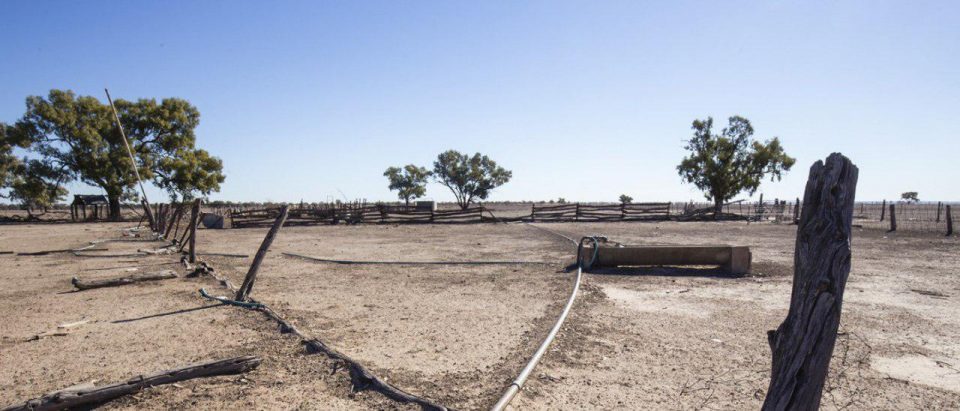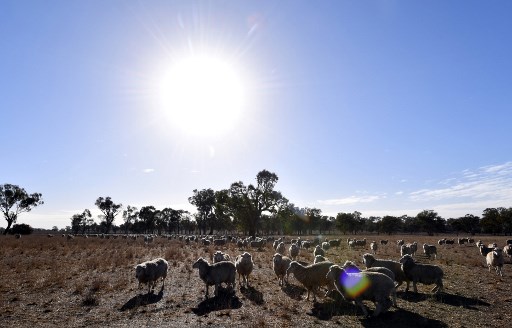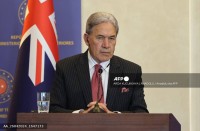
(Eagle News) — The Australian Government is implementing strategies to assist farmers, as a crippling drought — said to be the worst in the last 400 years — has taken over vast areas of pastoral heartlands affecting thousands of farmers who heavily rely on their farms to sustain their households.
The Federal Government has announced that they will be providing cash payments of up to Aus$12,000 to assist farmers and drought stricken communities.
The Prime Minister of Australia, Malcom Turnbull announced that this assistance scheme will include Aus$190 million worth of relief packages and increased services for mental health services to aid the farmers and the community.
“We are the land of droughts and flooding rains. We recognize that. It’s a very volatile and often capricious climate and Australian farmers are resilient, they plan for drought, they are good managers but it can become really overwhelming,” Turnbull said.
There are mixed responses to this scheme as some families affected feel that $12,000 will be only enough to sustain their families but not their farms.
Because of this, other governments such as the Queensland Government has initiated “Extra Drought Assistance” for Queensland Farmers.
-Thousands of farm businesses affected; food production to suffer
The National Farmers’ Federation states that there are 85,681 farm businesses within Australia; also one Australian farmer produces enough food to feed 600 people.
Australian farmers export 77% of what is grown and produced and that Australian farms exports earned Australia $44.8 Million in 2016-2017.
According to the Australian government’s Bureau of Meteorology, ““rainfall deficiencies have increased at 4- and 7-month timescales both in a real extent and severity for most of New South Wales, Agricultural and east Pastoral regions of South Australia, northern Victoria and southern coastal Western Australia.”
Additionally, it has been projected that rainfall deficiencies will continue and escalate in extremity for the eastern parts of Australia such as New South Wales.

A crippling drought is ravaging parts of Australia, decimating herds and putting desperate farmers under intense financial and emotional strain, with little relief in sight. / AFP PHOTO / Saeed KHAN
July was said to be driest since 2002.
“Nationally, it was the driest July since 2002 and below average for most of southern Australia. The Goldfields and Southern Interior districts of Western Australia, areas in the south and northeast of South Australia, into New South Wales and northern Victoria all very much below average,” it said.
“Rainfall was the lowest on record for July in parts of northern inland and west slopes of New South Wales, across the border into the eastern Pastoral region of South Australia and patches in the Goldfields of Western Australia.”
Australia has had a long history with droughts and other weather extremes which have directly affect the thousands of farmers who support locale business within the country.
The drought at this time, however, which had hit Australian farms yet again is said to be the worst drought in the last 400 years, particularly in New South Wales, according to scientific analysis.
Farmers have also had to ration water for their families and their herds because the dams on their properties are dry or nearly empty.
Many face the prospect of abandoning their homes altogether — some after being on the land for generations.
It is a scenario repeated across New South Wales state, where agriculture contributes more than Aus$15 billion (US$11 billion) to the state’s economy annually, employing more than 77,000 people.
Authorities on Wednesday officially declared the entire state in drought.
(By Rheamae David, EBC Australia Bureau, Eagle News Service with a report from Agence France Presse)







